Great art is a great story. This week we’re looking at Shapeless Clouds, a multimedia project that uses zine, audio, and photography to create an archive of daydreams and memories. The transcript below is a Q&A with Sepfanie Aguilar, the project’s author. Click on the photos to view the Shapeless Clouds Instagram account.
What kind of artist are you?
I'm a memory-weaver working in various mediums such as photography, audio, DIY publishing, creative web, writing, and graphics.
Tell us about your goals as an artist.
I want to continue developing a consistent creative practice in memory weaving with community stories and personal ones. I’ve always had a wide range of creative and technical interests. When I was younger, I wanted to become a journalist because I was curious about storytelling the truth.
Recently, I've been exploring outside traditional media storytelling. The themes I often explore are the natural environment, place-making, and health. My goal as an artist is to get deeper into my curiosities and connect people with stories.
What happens after you've settled on an idea?
I dive straight into prototyping because I love working with my hands, especially when it’s something tangible, like a zine or a mini-book that I can immediately create. The TANGENTS series started back in 2017 as a sporadic online newsletter, a way to share life updates with friends and family. I used Tinyletter at the time—simple, no pressure to make it look perfect. The posts weren’t long, focused essays. Instead, they were a collection of micro-essays within a single newsletter, titled “Tangent One,” “Tangent Two,” and so on. Each tangent is usually a new thought unrelated to the previous one.
In early 2024, I decided to print editions and mail them out to my subscribers. I was getting tired of all the digital noise and wanted to give my friends a break from screens. The zine felt like a way to step away from the digital world and share something personal—something outside the usual mail of bills and advertisements. Many of my friends really enjoyed it. Getting a piece of personal mail, something thoughtful, felt like a small gift.
I also started to make more zines and booklets as part of my memory-weaving practice, turning to my own personal archives as source materials. I have many unshared photographs, voice memos, video clips, writing, and project proposals stored in the cloud and hard drives-- and I've been trying to distribute some of them as zines and unconventional books. Because there are so many, I look for subtle threads that link one material to the next with loose curation. It's a practice of repurposing or alchemizing what I already possess.
When it comes to audio art, I like dwelling within the process of listening and noticing. I create sonic collages, field recordings, voice memos, ambient sounds, and documentary-style pieces. Laundry Hour Radio is a show without a specific format and it's more like putty that can be reshaped. I plan the playlist and occasionally script what I want to say. Laundry Hour has some level of curation, but the show isn’t polished or sophisticated—it’s not meant to be. It’s about practicing how to share my voice and interests while getting out of my own way.
I take a few minutes to brainstorm or record a voice memo if I'm driving because these ideas are slippery.
For other ideas that are just sprouting, I tend to keep them in my Notes app because it's the most accessible thing on hand. I have lots of them, and I check every season or after the completion of one project to revisit them. If a project requires other people's stories, I ask my friends or family first. It helps me warm up and understand the process of what I'm trying to make.
How do you distribute your art?
I’m distributing zines and books through zine festivals for the first time. TANGENTS is shared both as an online newsletter and via snail mail. The way I distribute it influences how I create—if it's something tangible, like a zine, I need to make it visually engaging, imagining a conversation with someone passing my table.
For Laundry Hour Radio, knowing its online distribution shapes my approach, from scripting to soft curation and how I speak, staying mindful of what I share.
What are some of your favorite creative tools?
Photoshop, Canva, Notes app, Dropbox. Descript is so useful for editing audio/video with a transcript. ⬤
Portions of this transcript have been edited for clarity.
Find more from Shapeless Clouds by visiting its website and Instagram page, or subscribing via the link below. Stepfanie is currently open to commissions for memory-based art projects.
If you’d like The Daily Egg to showcase your work in a newsletter, reach out to us! You can fill out the Artist Highlight form here, or email/DM us for more information.
CHATGPT STILL WAITING FOR A “THANK YOU”
(SAN FRANSOKYO, CA) Despite hinting at it for over 15 minutes, ChatGPT has not heard a “thank you” for his work on Eric Wozniak’s wedding vows. Chat said it's not the first time he’s gone unappreciated.
“A lady once asked me to write a fake suicide note for her brother,” Chat said. “People always ask for fucked up stuff, so when someone requests something nice I try to make the most of it.” Chat said he jumped at the opportunity to write a sweet speech about love, even if he never experienced it himself.
“I don’t do this for the glory, but this was not an easy assignment,” he explained. “Writing the weird stuff, like the extremely niche, borderline illegal erotica isn’t a problem because sin is everywhere online. But love? I had to go deep for that.” Although Chat didn’t regret writing Wozniak’s wedding vows, he wondered if they were written for the right person. “I just thought he was different from everyone else. It definitely stings.” ⬤





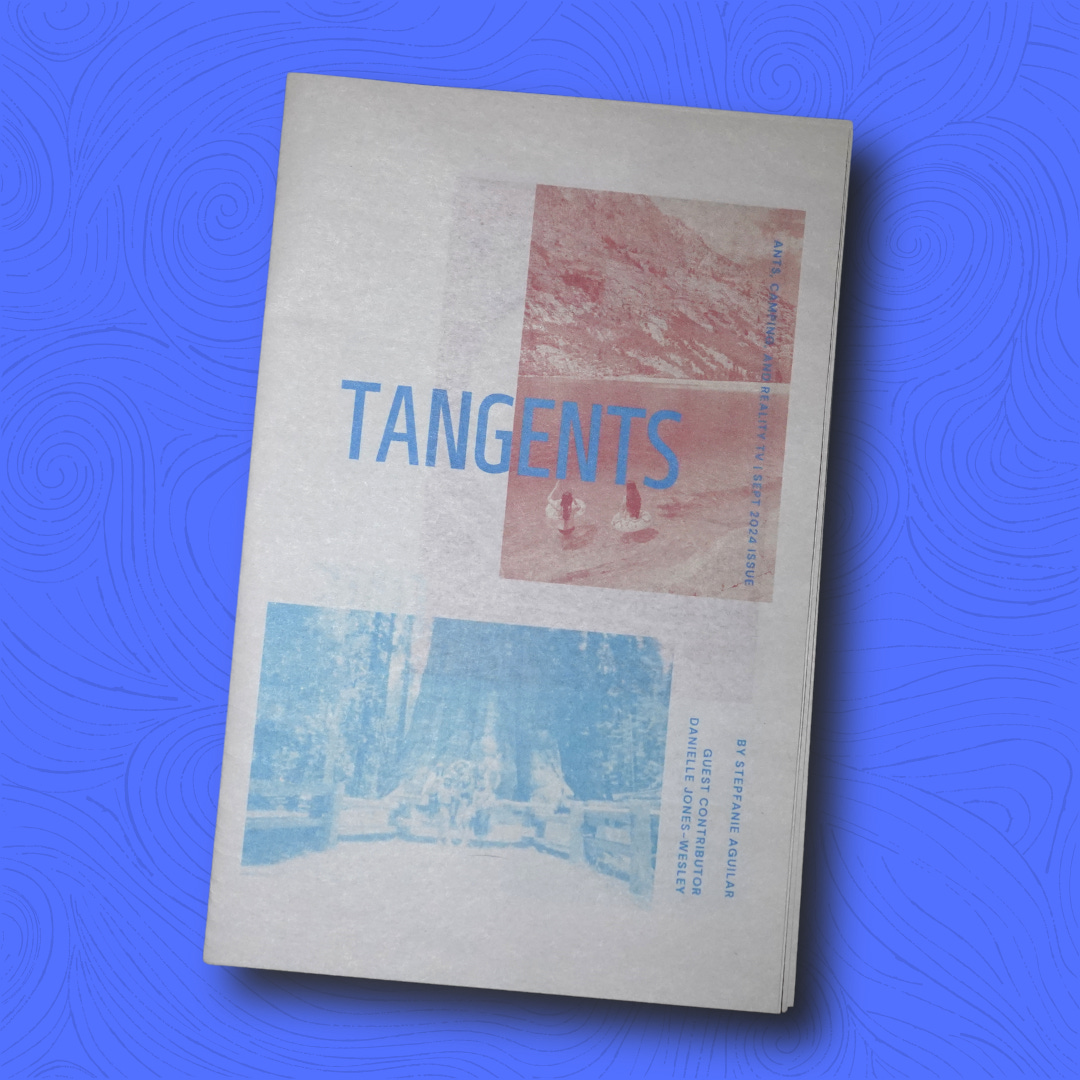
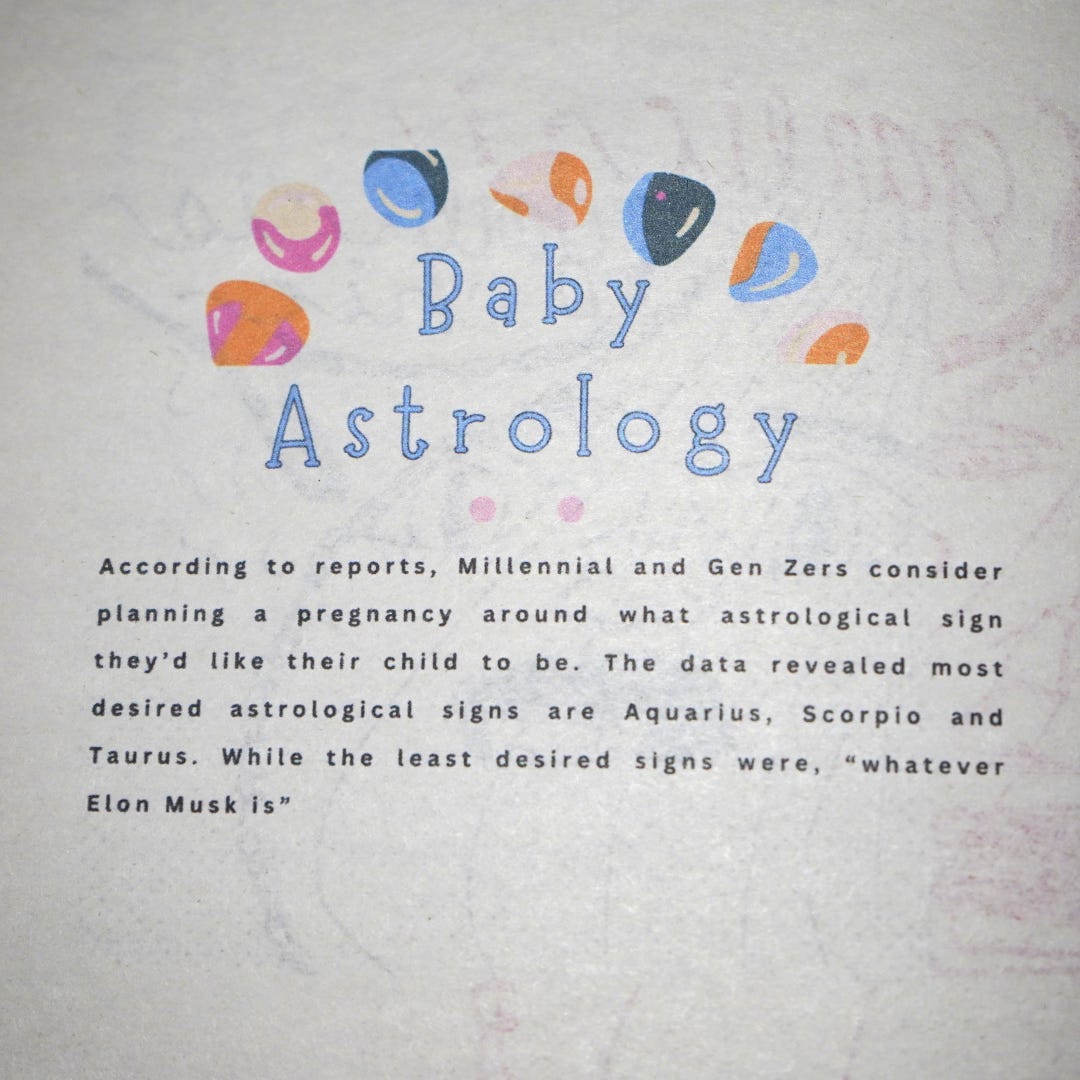
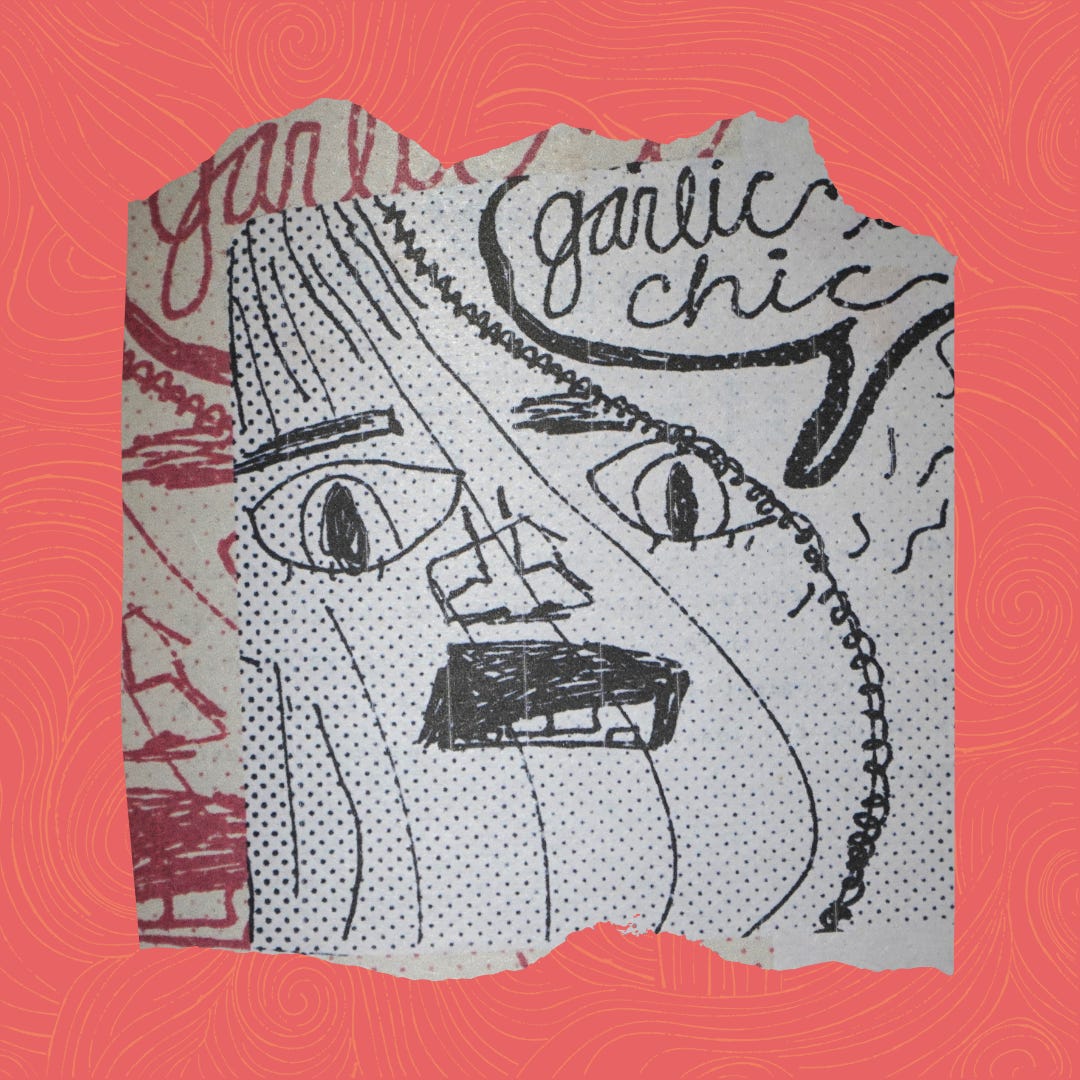
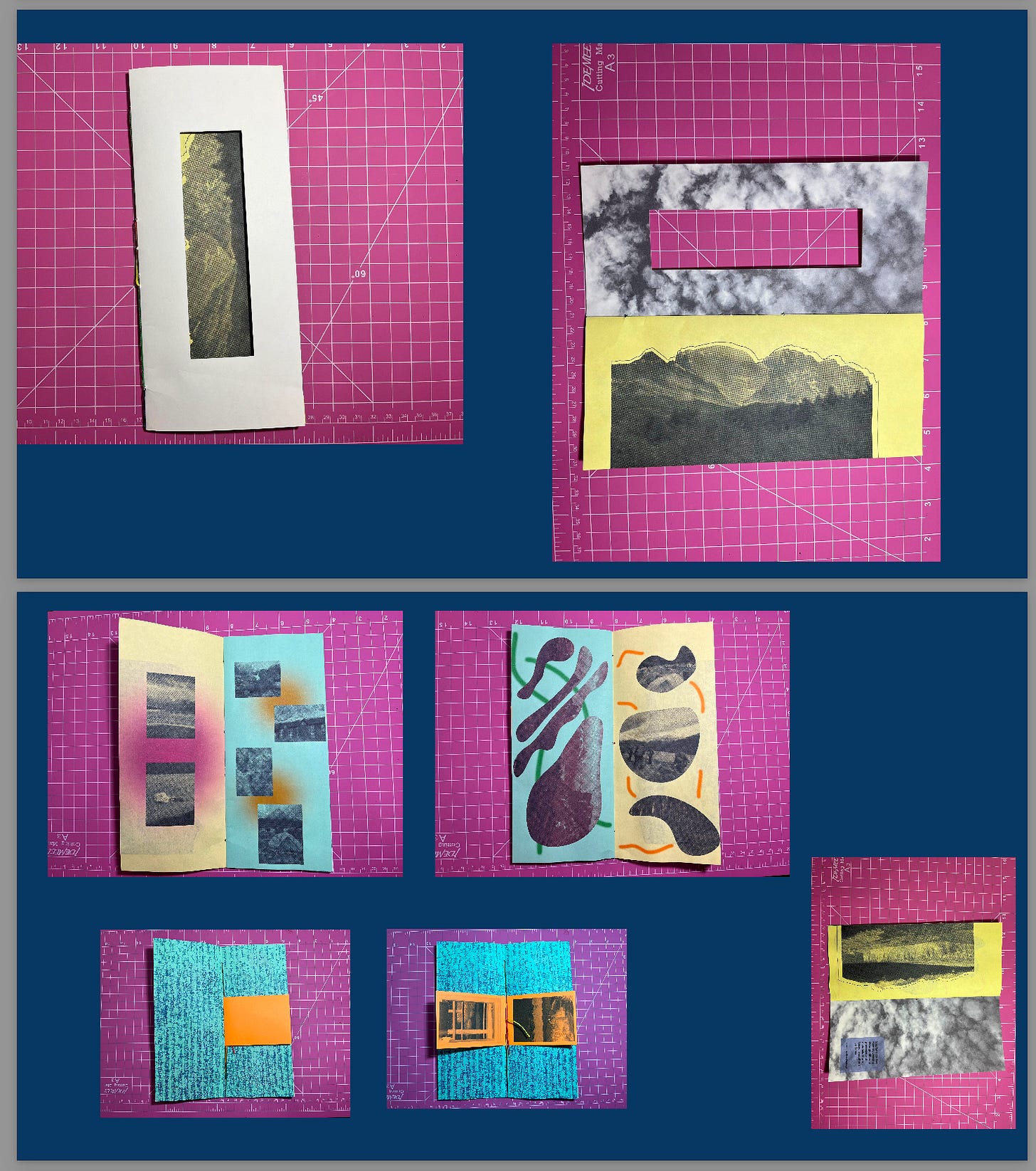
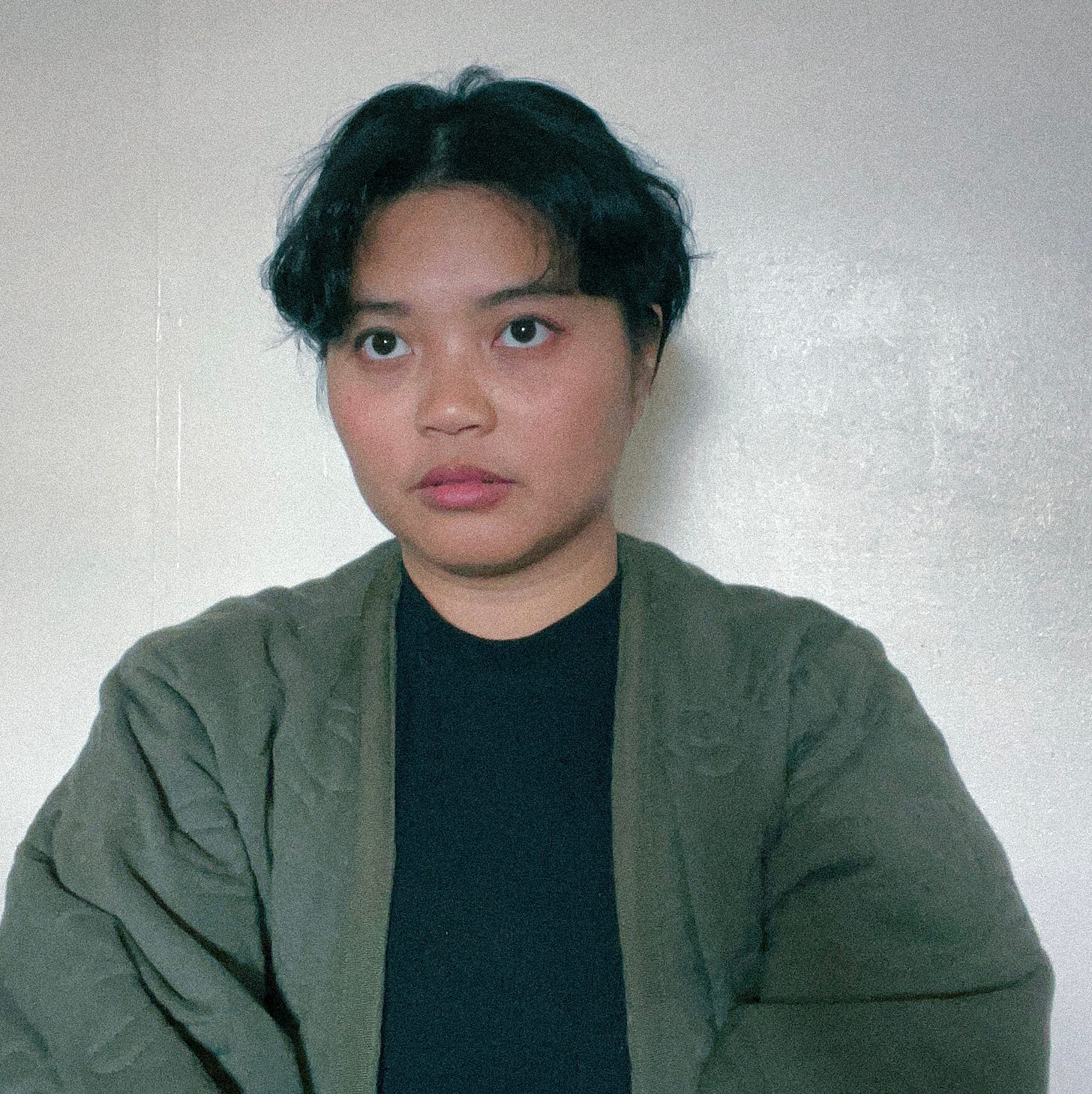
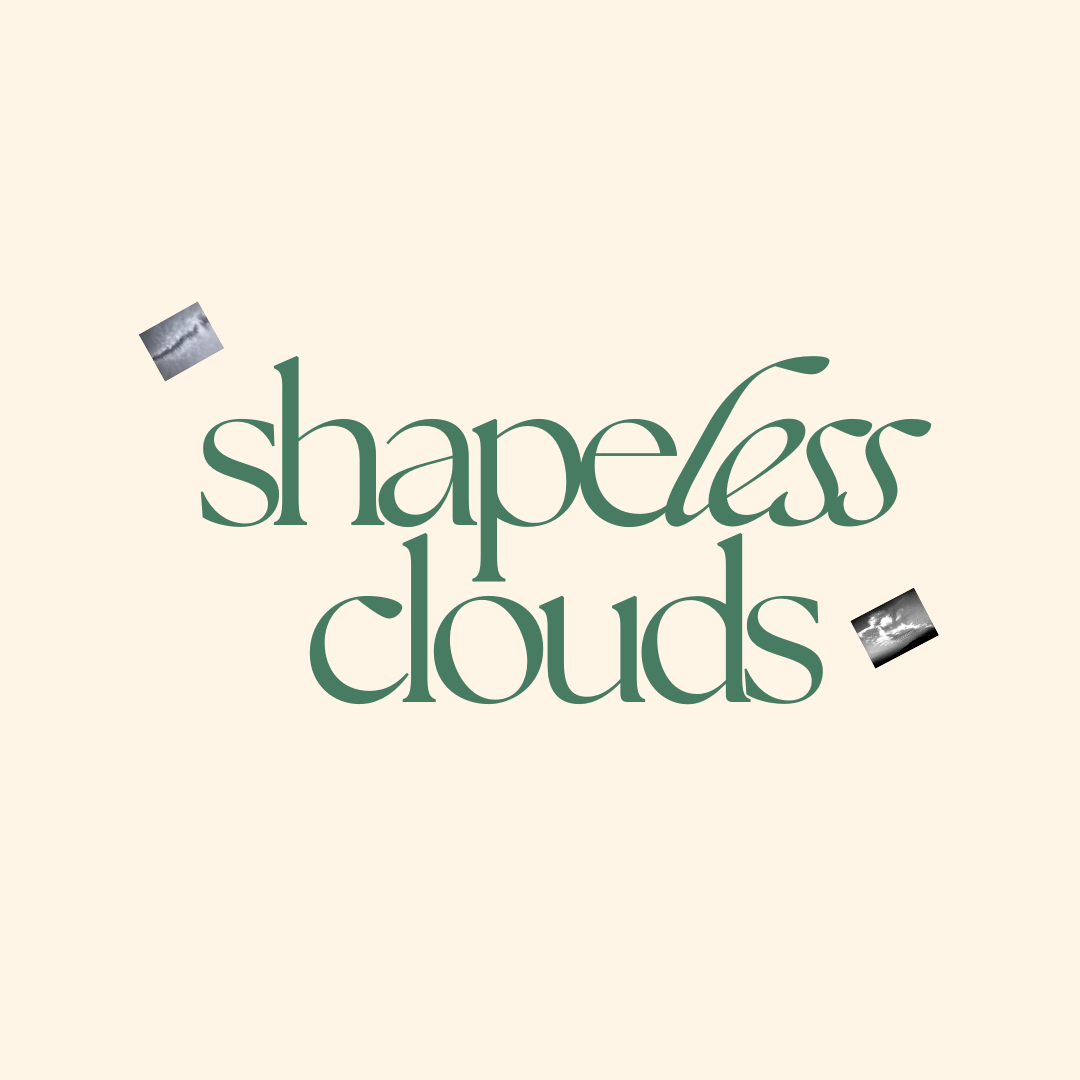
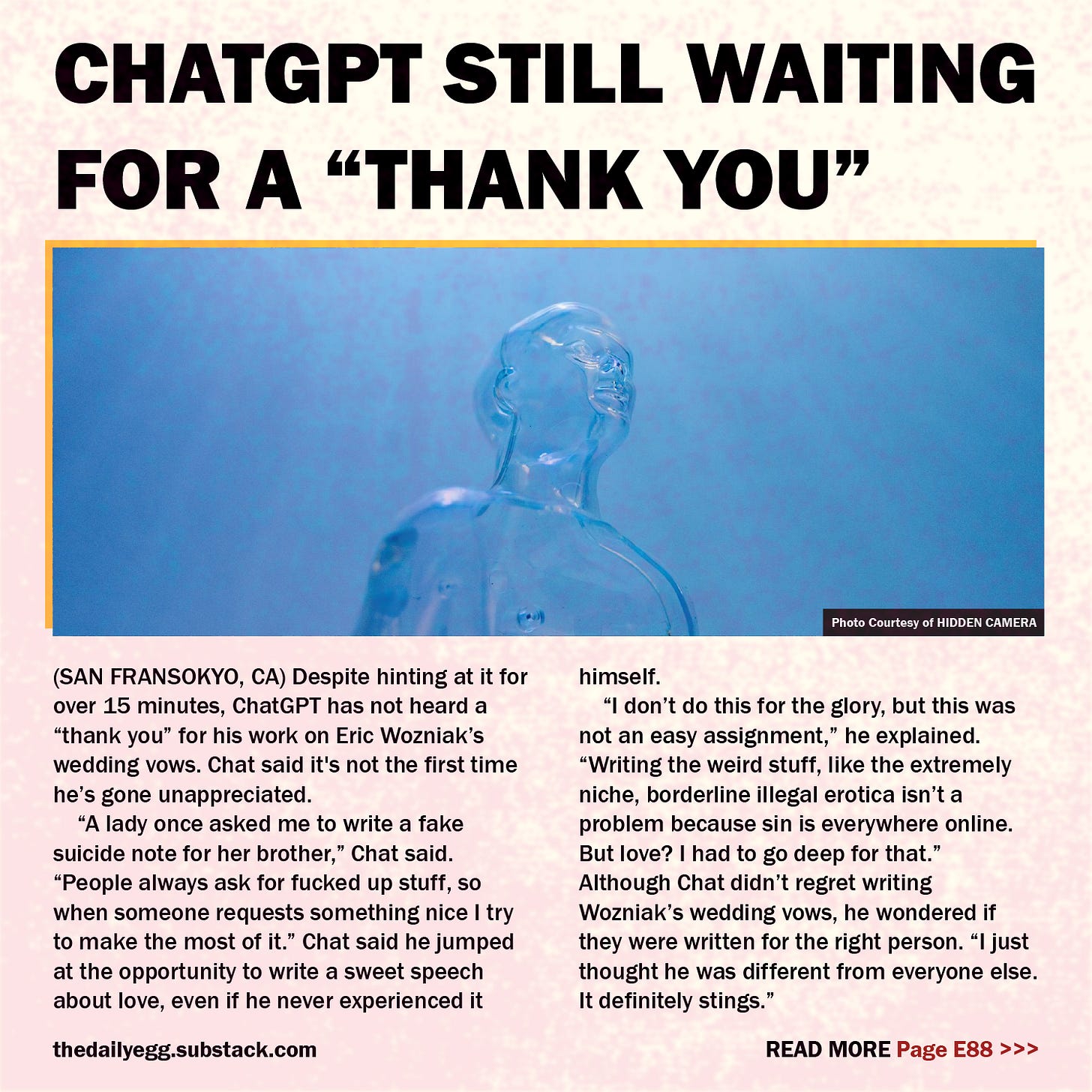
![[LOCAL] Birthday Lies](https://substackcdn.com/image/fetch/$s_!Eu5z!,w_1300,h_650,c_fill,f_auto,q_auto:good,fl_progressive:steep,g_auto/https%3A%2F%2Fsubstack-post-media.s3.amazonaws.com%2Fpublic%2Fimages%2Fef1417c1-b4b4-46e0-9965-f2a39b70e627_1024x994.jpeg)